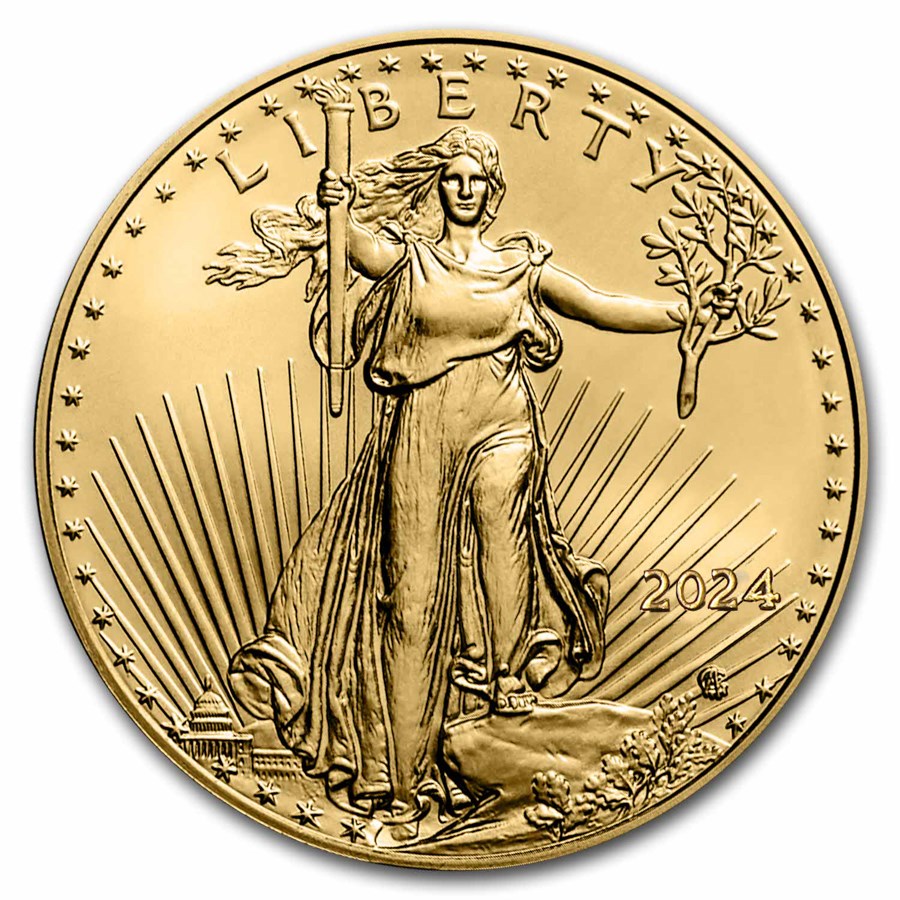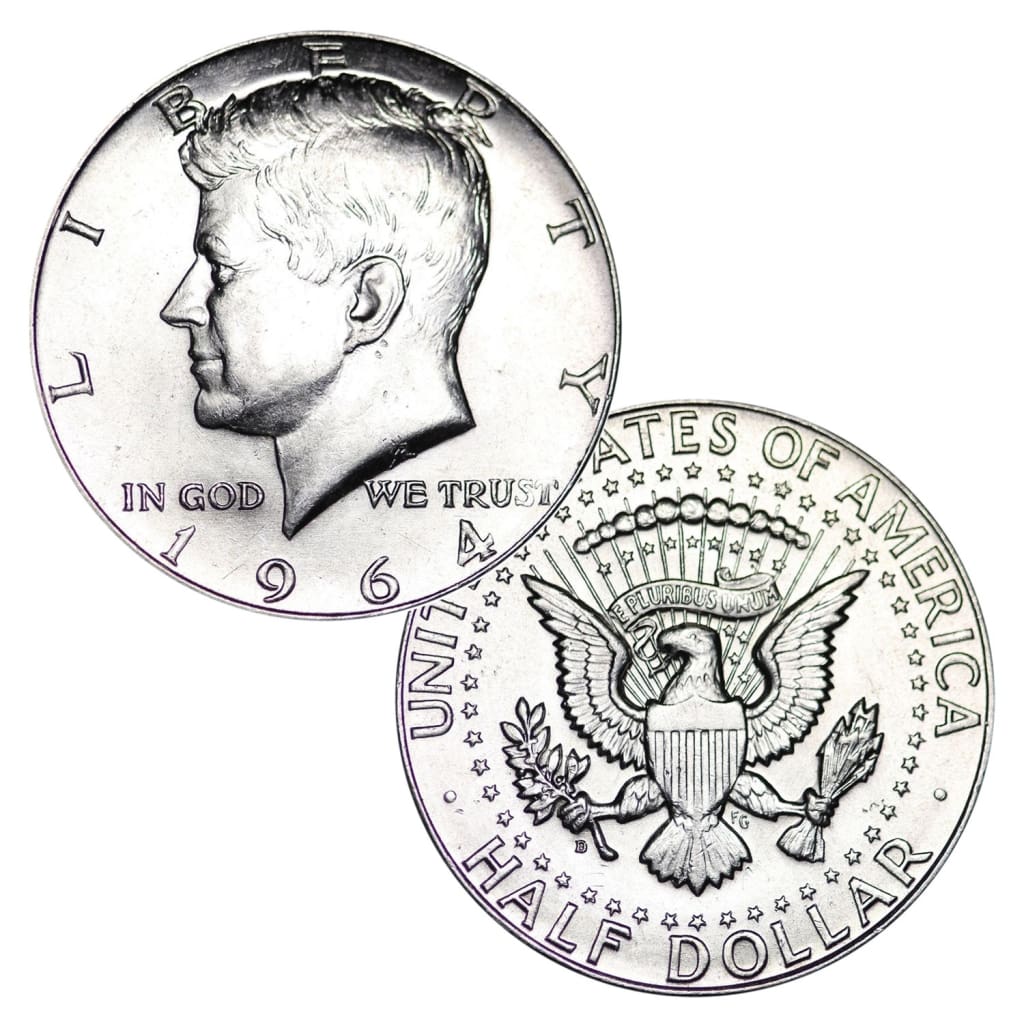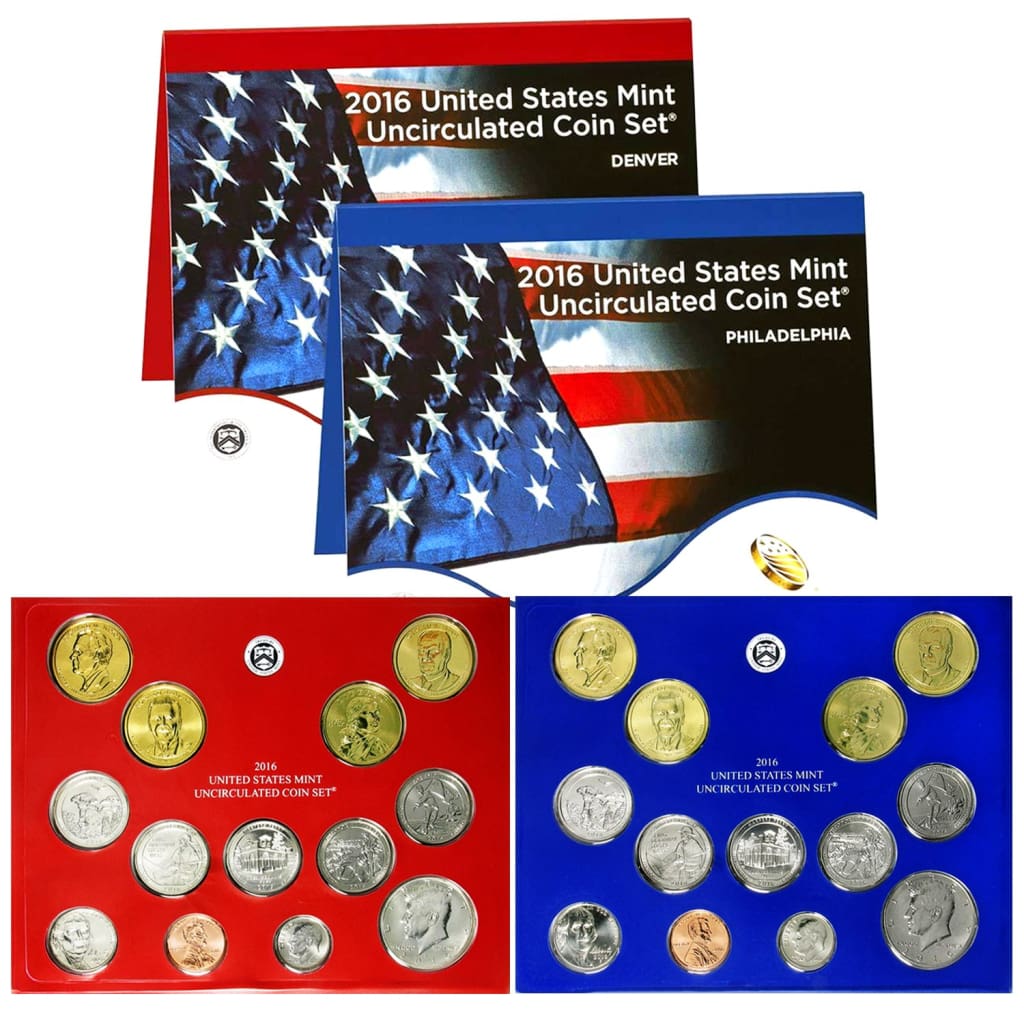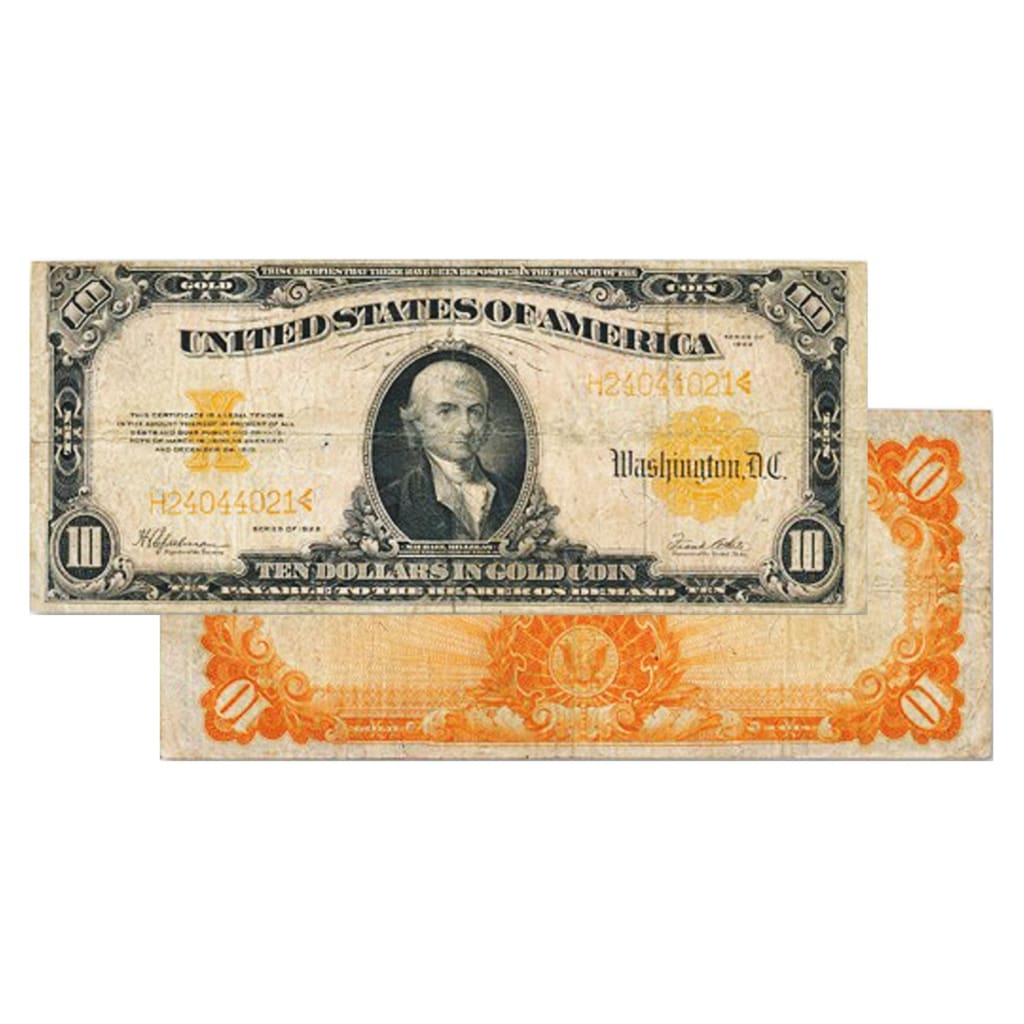Caring for and Preserving Your Bullion Coins
For collectors, protecting the condition of bullion coins is just as important as acquiring them. Whether you collect for aesthetics, historical significance, or long-term value, improper storage and handling can quickly reduce the appeal and resale price of your collection.
This guide offers best practices for cleaning, storing, and displaying bullion coins to help you preserve their beauty and integrity for decades to come.
1. Why Coin Care Matters
Bullion coins are valued based on two things:
-
Metal content and purity (the "intrinsic" value)
-
Condition or grade (especially for proof or numismatic coins)
Even a tiny scratch, fingerprint, or discoloration can drop a coin's resale value dramatically, especially for collectors or investors buying premium coins. Proper care protects both the look and value of your collection.
2. Safe Handling Techniques
Coins should be handled as little as possible. When you do need to touch them:
-
Hold coins by the edges, not the faces. Oils from your fingers can cause permanent spotting or toning.
-
Use cotton gloves or soft plastic tweezers when handling high-value pieces.
-
Always work over a soft surface like a padded mat or towel in case the coin is dropped.
Avoid polishing or rubbing coins, even with soft cloths. It may seem harmless, but even gentle contact can cause microscopic abrasions.
3. Proper Coin Storage Options
Different storage methods serve different needs. Your approach depends on how actively you handle your coins and whether you plan to sell, display, or simply protect them.
Coin Capsules
-
Airtight, hard plastic containers
-
Great for individual high-value coins
-
Prevents moisture, scratches, and air exposure
Coin Tubes
-
Designed to hold multiple coins of the same size (e.g., 20 Silver Eagles)
-
Efficient for bulk silver or gold storage
-
Should be stored upright and in a dry environment
Mylar Flips or Sleeves
-
Clear holders made of non-PVC plastic (avoid vinyl flips)
-
Inexpensive and good for categorizing
-
Should be used for short-to-medium-term storage only
Coin Albums or Display Cases
-
Ideal for presentation or themed collections
-
Use acid-free materials only
-
Store away from light and humidity
4. Environmental Protection
Coins are especially vulnerable to air, moisture, heat, and light.
-
Humidity: Causes tarnishing, toning, and corrosion. Use silica gel packs in your safe or storage area.
-
Temperature swings: Can cause condensation, especially in airtight cases.
-
Light exposure: UV light can cause chemical reactions that dull coin finishes, especially for proof coins.
Store coins in a dark, dry, and temperature-controlled location—ideally in a fire-resistant safe or bank deposit box.
5. Cleaning Coins: Should You Ever Do It?
In most cases, never clean a coin, especially collectible or numismatic pieces.
-
Cleaning can destroy fine details and eliminate toning that collectors value.
-
If a coin is truly dirty or contaminated (e.g., with oil or residue), consult a professional conservation service.
The only exception may be bullion coins strictly kept for melt value—but even then, cleaning rarely increases value.
6. Insurance and Documentation
If your collection is sizable, consider:
-
Getting it appraised every few years
-
Keeping photos, serial numbers, and purchase receipts
-
Adding it to your homeowner's or collector’s insurance policy
This is especially important if you ever plan to sell, inherit, or insure your holdings.
Final Thoughts
Bullion coins are not just investments—they’re works of art, historical relics, and objects of pride. Preserving them takes care, attention, and the right tools, but the payoff is a collection that retains its beauty and value for generations.
Your coins deserve the same respect you give to your money—because that’s exactly what they are.







